All our services are fee-based, and we do not offer free proposals. A token amount is required to initiate. We are open to discussing our rates and availability to find the best solution.

Building a passive house is a novel method. Please give it the time and attention it needs. At this point, conserving energy is becoming critical. Reduce your heating and cooling bills with the help of passive homes. It is built along the concept of being as eco-friendly as possible while using as little energy as possible. It creates an ideal environment for relaxation and well-being indoors. This article lays out the fundamentals of passive house design and construction as well as its benefits.
One form of sustainable architecture that actively seeks to minimize its impact on the environment is the passive house. It reduces energy usage so that people can live comfortably. Passive house design is based on the principle of an energy-efficient building envelope. The amount of energy needed to heat or cool the building is reduced.
When compared to conventional buildings, passive houses significantly reduce HVAC energy use. Energy expenses go down Because of the low heat loss and high thermal insulation. Moreover, it has a heat-recovery ventilation system that is quite effective. Heating and cooling prices are reduced as a consequence.
Using eco-friendly materials, passive dwellings are constructed. The efficient utilization of natural resources is another area of emphasis for them. It utilizes energy from the sun. There will be less of an adverse effect on the environment as a result of this. The living area is made more sustainable as a result.
High levels of comfort are provided by passive dwellings. This is because of the well-ventilated space and the constant temperature within. An ideal environment for human habitation is one free of draughts and temperature swings. Included in it as well is an abundance of moisture. Mold and allergy responses are less likely to occur in spaces with better ventilation. In addition.
Compared to more traditional types of structures, passive houses usually last longer. All because high-quality materials and meticulous planning were used in the construction. Less strain on HVAC systems means less wear and tear on machinery.
Houses that adopt passive solar design are better able to weather changes in energy costs. Because they can use less energy.It can save money.
To reduce heat loss, thermal insulation materials are used. This material exhibits a high R-value, or coefficient of thermal resistance. It produces efficient thermal shielding.
Materials with a high thermal inertia are used in passive dwellings. Blocks made of clay or concretehappen to beportion of it. It is possible to store heat in these materials. There is a progressive release. This helps keep the temperature inside the building consistent. Indoor temperature swings are lessened as a result.
Building a passive house involves taking measures to avoid heat loss and freezing. It takes place via the interconnections and joints. The building is meticulously sealed to do this. The use of thermally insulated door and window frames makes this possible. Bridges that conduct heat are removed.
An extra energy source that could be installed on the roof or façade of a passive house are solar panels. Electricity and heat can be generated by it.
Geothermal heat pumps are a common feature in passive dwellings. These systems drastically cut down on heating and cooling energy use by drawing on the steady temperature of the deep subsurface throughout the year.
The combination of these key features and principles makes passive houses outstanding in energy efficiency, environmental friendliness and comfort for residents. When designed and built correctly, passive houses can significantly reduce dependence on energy costs and the environment, making them an attractive choice for future housing.
A passive house requires certain construction technologies. The most significantportion are the foundation, walls, and roof. Air and the necessary heat leak through them. Therefore, builders do everything to eliminate cold bridges and insulate the enclosing structures of the premises.
Passive heating of the house is achieved by reducing heat loss. To do this, the external walls are designed with a minimum area. Then the cost of construction is reduced, and the thermal insulation effect is easier to achieve.
It is better to build extensions rather than separate buildings, and avoid complex shapes. This does not mean that you should refuse unusual architectural solutions. But fractures will create gaps in the thermal insulation, the covering of which will greatly increase construction costs. Therefore, compactness is important here.
Thermal insulation methods depend on the wall material. Wooden ones need to be made thicker, for example, by increasing the diameter of the log. To avoid cold bridges, builders make log houses in a special way and insulate the expected weak points.
Another thing is that thickening the building material makes construction more expensive. Therefore, insulation, insulating membranes, and windproof slabs are used in construction. The same applies to concrete and frame walls: you cannot do without thermal insulation material. Foam plastic will be a good choice and is suitable for any surface.
Particular attention should be paid to doors and windows: carefully insulate the places where they adjoin the wall, choose double-glazed windows with several panes of glass, the space between which is filled with inert gas.
As it is said earlier, in a passive house the heating system is rarely used, and the room remains warm by preserving the existing heat. Energy can be produced from additional sources: firewood, gas pumps, solar panels.
It is a mistake to assume that there is no heating at all in such a structure. Yes, theoretically, all needs should be covered by ventilation with heat recovery. But this does not help much in winter. Therefore, additional heating systems are installed in such rooms, for example, water-heated floors. These are the same heated floors, but they are heated not by electricity, but through pipes.
The construction of a passive house is not yet a well-established process. However, this is a very promising technology. One such structure will save money, and at the same time reduce the negative impact on the environment. So perhaps in a few decades, passive houses will become a ubiquitous phenomenon in your country.
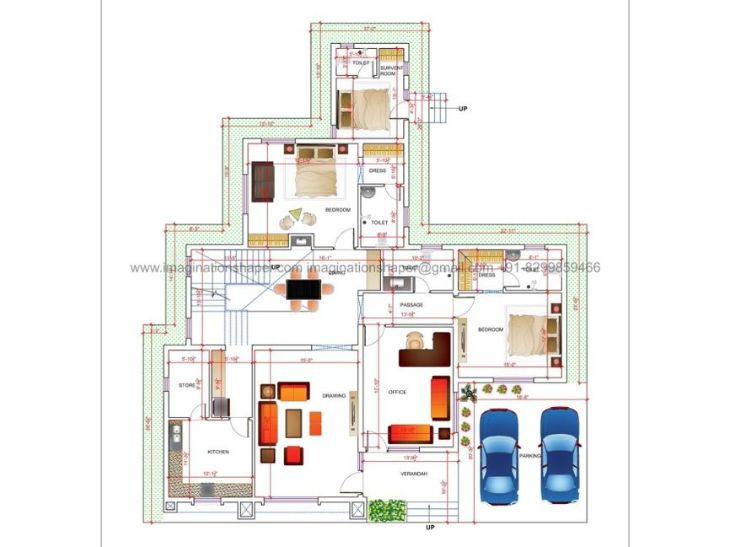
Get best customized house plan designed by experienced architects and designers.
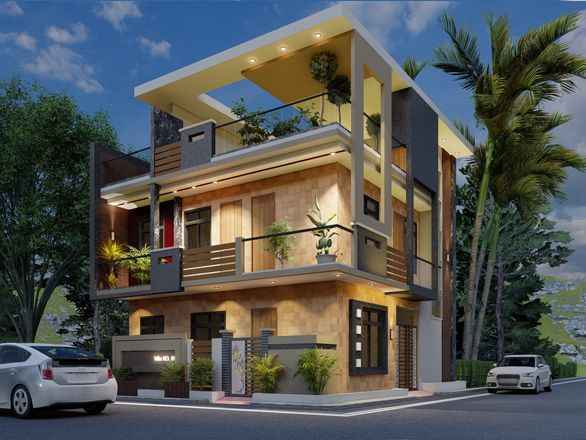
Are looking for the elevation design services, Imagination would be the perfect option.
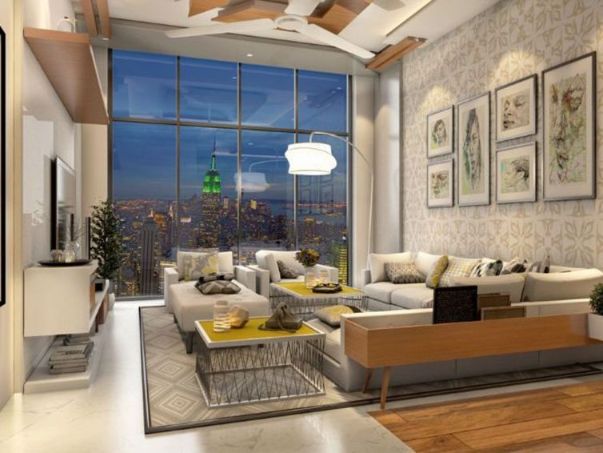
Home interior design to enhance the interior of the project services at an affordable price.
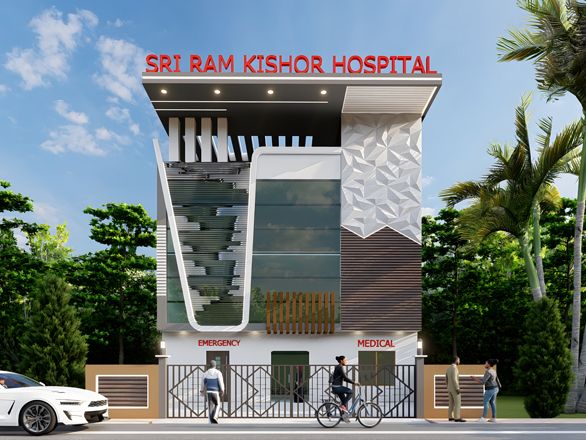
Design your health care project as per guidelines, the user and patient-centric also.

We incorporate sustainability strategies, creative space planning and best technology.
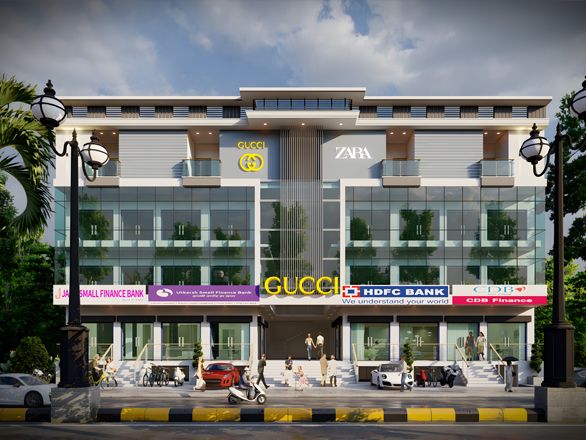
We are focused on combining function with style to meet the need of businesses.

